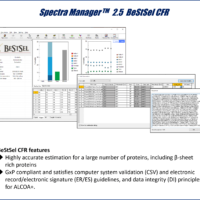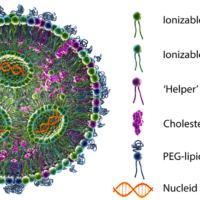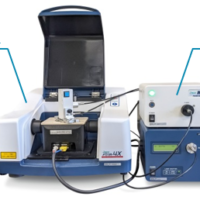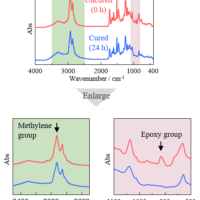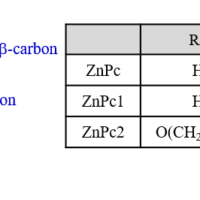Introduction
UPF (Ultraviolet Protection Factor) is used to indicate the UV shielding performance of sun protection for fabric products. The UPF value represents the ratio of time for sunburn by UV radiation with and without the protection of the fabric material or product. For example, if skin is irradiated by ultraviolet light in 10 minutes without protection, it takes 500 minutes to obtain the equivalent amount of sunburn using the cloth product (50 UPF x 10 min).
This article evaluates UPF, UPF rating, and UVA and UVB transmittance of sun protection fiber products using a UV-Visible spectrophotometer and the UPF calculation system. Fluorescence measurements were also obtained to corroborate the UV-Visible results.

V-750 UV-Vis Spectrophotometer (left) and FP-8500 Spectrofluorometer (right)
Experimental
The UPF can be calculated using the following equation:

where E(λ) is the CIE reference erythema dose spectrum, S(λ) is the radiation intensity distribution of sunlight, and T(λ) is the diffuse transmittance spectrum (%).
To calculate the UPF rating, the transmittance spectrum at more than four different wavelengths is measured for the sample



where tk,α is the value which provides 0.5% of the border value of probability of one side in the t distribution, α is the probability of one side (0.005), and k is the degree of freedom (n-1). If the UPF rating is smaller than the minimum of each UPF, the calculated value is rounded down by 5. If the UPF rating is more than 50, the UPF rating is defined at 50+.
UVA transmittance is calculated by the equation below using the average transmittance from 315 to 400 nm:

UVB transmittance is calculated by the equation below using the average transmittance from 290 to 315 nm:

| Measurement Conditions | |||
| Fluorescence* | Transmittance | ||
| Excitation Bandwidth | 5 nm | Bandwidth | 5 nm |
| Emission Bandwidth | 5 nm | Scan Speed | 100 nm/min |
| Scan Speed | 5000 nm/min | Response | 0.96 sec |
| Response | 10 msec | Data Interval | 1 nm |
| Data Interval | 0.5 nm | ||
| *a fluorescence cut filter block and cut filter (U-330) are required to measure samples which emit fluorescence from 450-650 nm | |||
Keywords
UV-Visible/NIR Spectrophotometer, UPF Calculation program, Fluorescence, Materials, UV protection
Results
Figure 1 illustrates the 3D fluorescence measurements of the t-shirt. No fluorescence was observed for the excitation wavelength from 290 to 400 nm. The sports shirt and arm cover also did not show any fluorescence (data not shown).
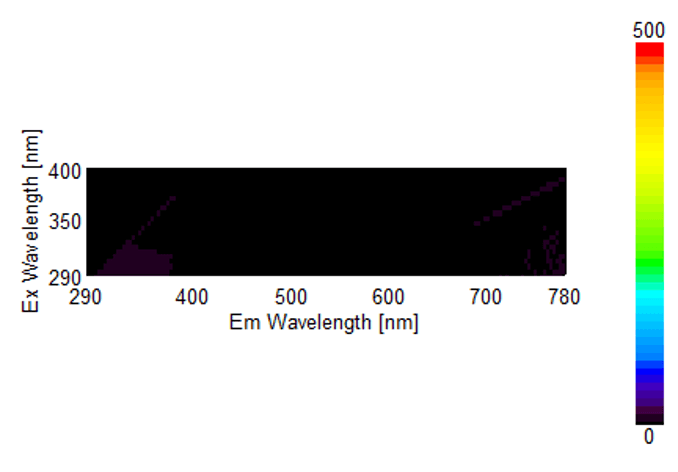
Figure 1. Fluorescence spectra of a t-shirt.
The transmission spectrum of each sample is shown in Figure 2 and the calculated UPF and UPF rating results are shown in Table 1.
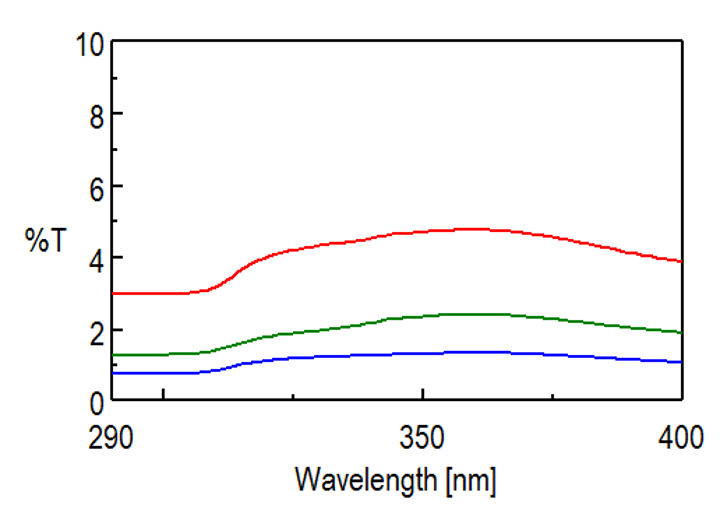
Figure 2. Transmittance spectrum of the t-shirt (red), sports shirt (blue), and arm cover (green).
Table 1. Analysis results calculated using the UPF Measurement program and defined by AS/NZS 4399:2017.
| Sample | Number | UPF | UPF Rating | UVA Transmittance (%) | UBV Transmittance |
| T-Shirt | 1 | 29.9 | 15 | 4.3 | 3.1 |
| 2 | 29.8 | 4.4 | 3.1 | ||
| 3 | 29.8 | 4.4 | 3.1 | ||
| 4 | 29.8 | 4.4 | 3.1 | ||
| Sports Shirt | 1 | 113.5 | 50+ | 1.2 | 0.8 |
| 2 | 113.5 | 1.2 | 0.8 | ||
| 3 | 113.6 | 1.2 | 0.8 | ||
| 4 | 113.5 | 1.2 | 0.8 | ||
| Arm Cover | 1 | 67.7 | 50+ | 2.1 | 1.3 |
| 2 | 67.6 | 2.1 | 1.3 | ||
| 3 | 67.6 | 2.1 | 1.3 | ||
| 4 | 67.6 | 2.1 | 1.3 |
Conclusion
The UPF Measurement program can objectively compare the performance of the ultraviolet shielding as a result of the numerical calculation of the UV shielding perform of the fabric products. Aside from the AS/NZS 4399:2017 standard, the following standards are also included: BS EN 13758-1:2002, AATCC Test Method 183:2010, and GBT18830:2009.


